India-Pakistan, 78 years of conflict
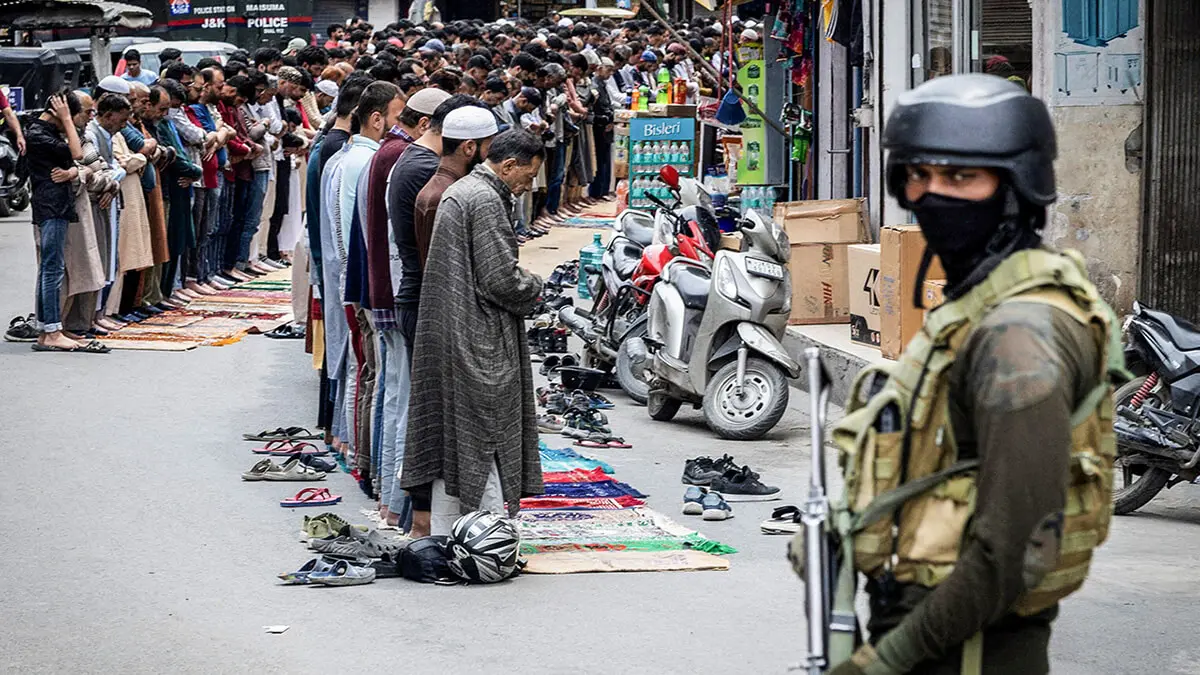
As if the worrying conflicts in the Middle East were not enough, such as the war between Israel and Iranian proxies, the situation in Syria, and the war in Ukraine, all of which have a clear common denominator—an unstable balance within the chaos that could give way at any moment and lead to an escalation with unpredictable consequences—now the dormant but never resolved confrontation between India and Pakistan is reigniting.
As we have said on previous occasions, analyzing conflicts at such an early stage is not usually advisable, as it is difficult, in such initial stages, to obtain clear and unbiased information and indicators that allow us to reach useful conclusions and scenarios.
However, on this occasion we do consider it appropriate, given the importance of the context, the actors involved, their particular cultural and historical characteristics, and the unpredictable but serious consequences of an escalation. Furthermore, we cannot ignore the fact that it is located in what we can identify as the center of gravity of current geopolitics, with the major powers of today in the background.
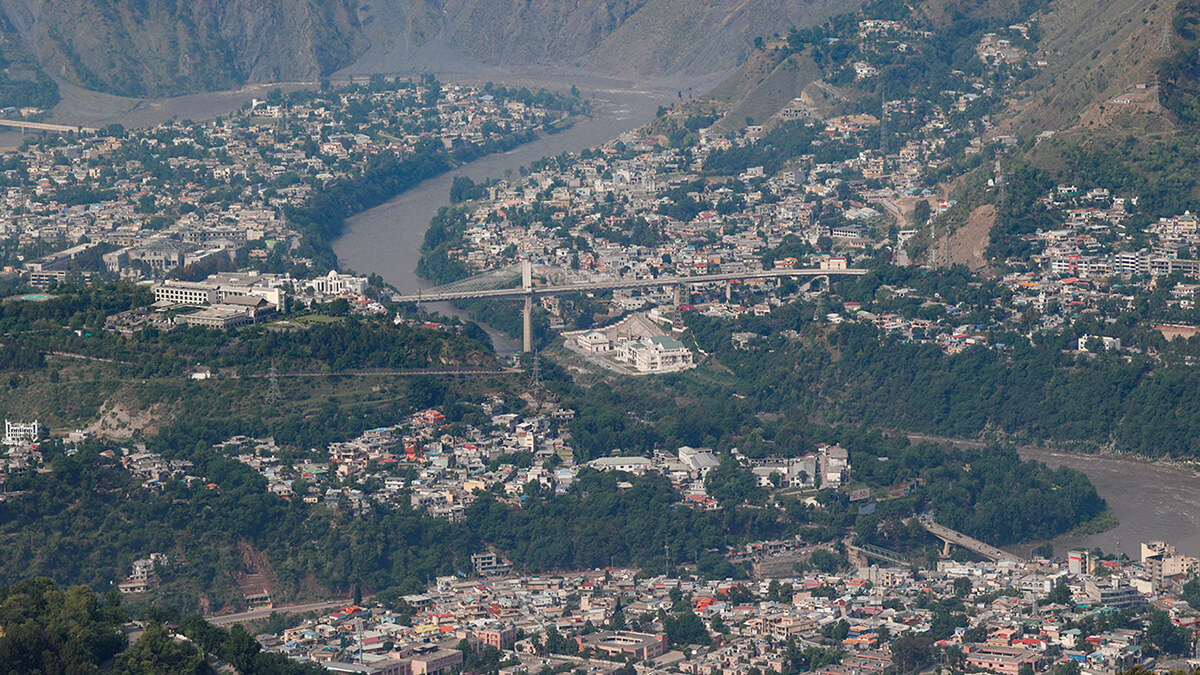
India gained independence on August 15, 1947, after the British adopted a negotiating stance with the Indian National Congress in 1946. Along with independence came the division of the territory and the birth of Pakistan.
Contrary to what might have been expected, the division into two states soon led to violent clashes. The Kashmir region became the main focus of the dispute, triggering the first Indo-Pakistani war between 1947 and 1949.
Since then, relations between India and Pakistan have been inflexible, hostile, distrustful, and have led to political confrontation, which on several occasions has resulted in armed clashes, very dangerous in the global context in general and in South Asia in particular.
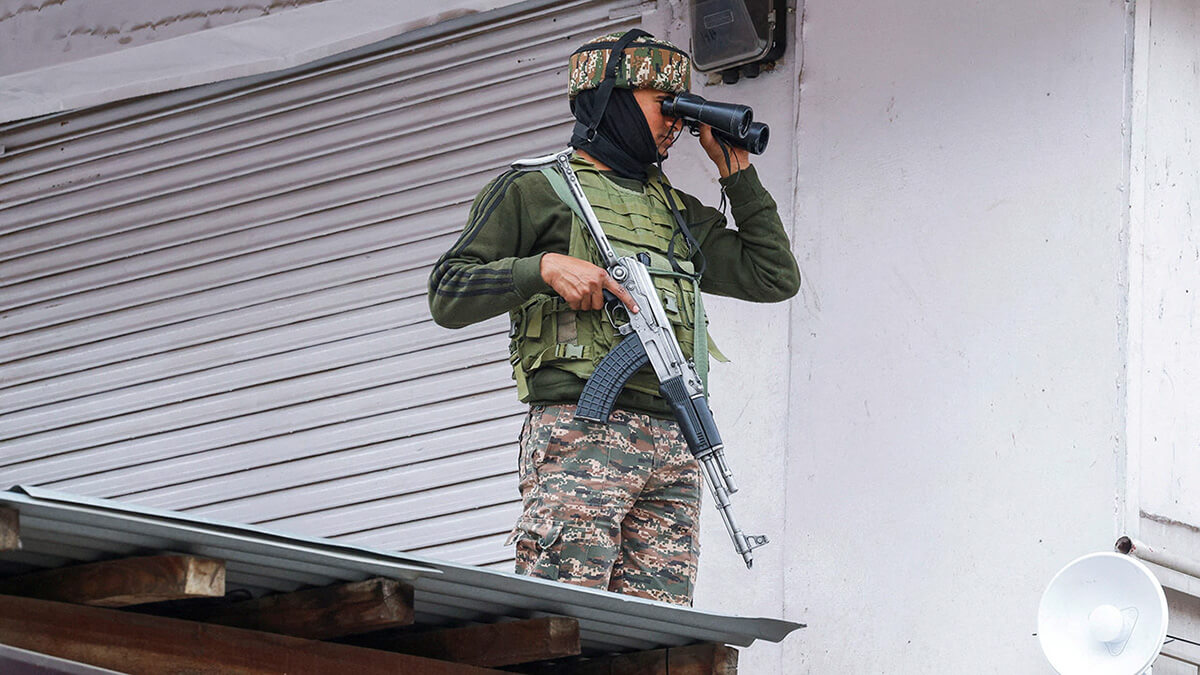
Coexistence between the two nations has been marked by a cycle of rivalry, struggle, and war. A situation of friendship and cooperation in good faith has been almost impossible to achieve despite sporadic periods of peace, which have often been replaced by renewed conflict.
Since 1947, the two countries have fought four large-scale wars and have gone through prolonged periods of Cold War-like conditions. Rare and brief have been the moments when relations could be considered close to normal.
Since Narendra Modi took office as Prime Minister of India in 2014, political relations between India and Pakistan have experienced significant fluctuations, marked by both diplomatic engagements and heightened tensions.
Modi's tenure has been characterized by an initial rapprochement with Pakistan, followed by periods of tension in relations, particularly in response to security concerns and regional conflicts.

In May 2014, in a gesture signaling his desire to improve bilateral ties, Prime Minister Modi invited his Pakistani counterpart, Nawaz Sharif, to his inauguration ceremony. This move was seen as a significant step in the right direction, raising hopes for renewed dialogue between the two states.
Subsequent high-level meetings, including Modi's unexpected visit to Lahore in December 2015, underscored this initial commitment to improving diplomatic relations.
However, the trajectory of India-Pakistan relations took a turn for the worse following a series of armed incidents. The 2016 attack on an Indian army base in Uri, attributed to Pakistan-based militants, prompted a strong response from India, including surgical strikes across the Line of Control.
These events led to the suspension of bilateral talks and the deterioration of diplomatic ties.
The situation worsened further in February 2019, following a suicide bombing in Pulwama, Jammu and Kashmir, which caused significant casualties among Indian paramilitary forces.

India accused Pakistan-based groups of orchestrating the attack and carried out air strikes in Balakot, Pakistan, targeting alleged camps of terrorist groups affiliated with the country. These events led to a situation where the danger of escalation became apparent, but was averted thanks to international diplomatic efforts.
In August 2019, the Indian government's decision to repeal Article 370, revoking the special status of Jammu and Kashmir, was met with strong condemnation from Pakistan. In response, it downgraded diplomatic relations with India, expelled the Indian High Commissioner, and suspended bilateral trade. These actions further strained the already weak relationship between the two countries.
Despite these challenges, there have been sporadic attempts to revive dialogue. In February 2021, both nations reaffirmed their commitment to the 2003 ceasefire along the Line of Control, leading to a reduction in cross-border hostilities. However, meaningful political negotiations have remained elusive, as deep-rooted mistrust and divergent strategic interests continue to impede progress.
The era of Prime Minister Narendra Modi has been marked by a complex interplay of diplomatic initiatives and confrontations in India-Pakistan relations. While initial efforts were geared toward rapprochement, subsequent security concerns and political decisions have contributed to a cycle of escalation and tentative de-escalation, reflecting the persistent complexities of the bilateral relationship.
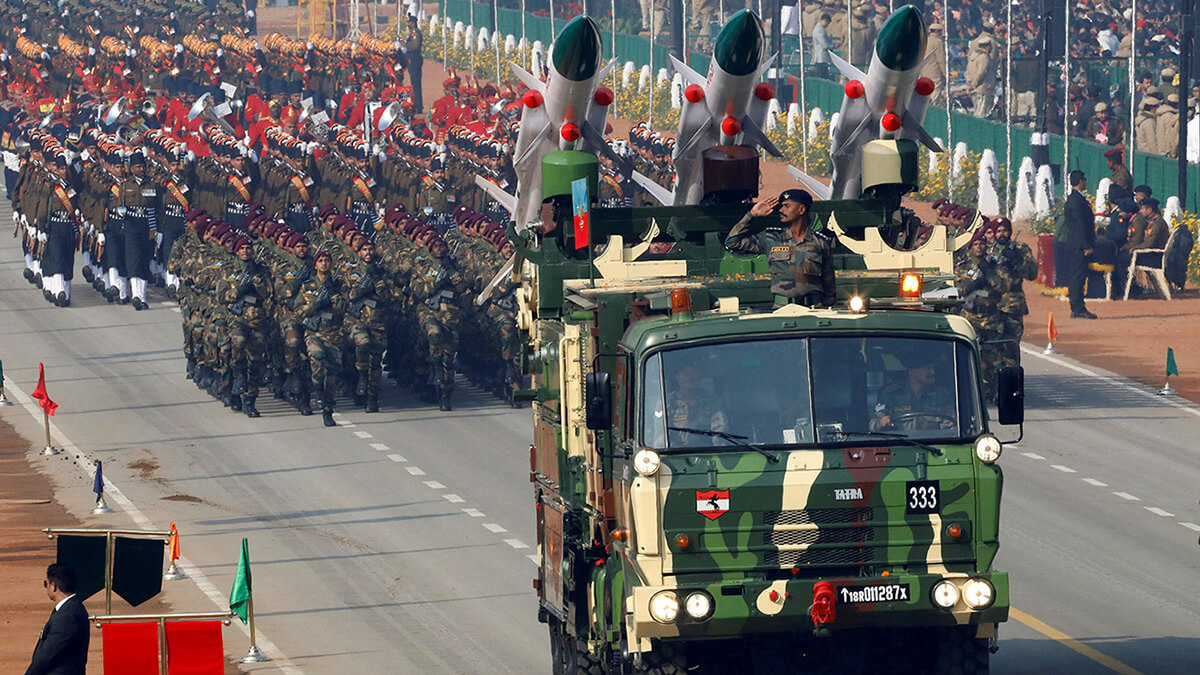
However, until just over a week ago, Narendra Modi's current government had embarked on a path toward normalizing neighborly relations with Pakistan in accordance with what has been termed the “Neighborhood First Policy.”
Both India and Pakistan have always maintained, at least in the eyes of the international community, that any dispute between them must be resolved amicably and bilaterally, in an environment free from violence and fear. However, both countries shift the responsibility for this onto the other and, in India's case, its position has always emphasized that it will not compromise on matters of national security under any circumstances, warning that it will take strong and decisive action against any attempt to compromise its security and territorial integrity.
The reality, forgotten and ignored by many, is that India and Pakistan continue to maintain one of the most bitter bilateral rivalries on the current international scene. In the South Asian arena, both India and Pakistan are two key nations that differ in a wide range of aspects, including their political, cultural, linguistic, ethnic, socioeconomic, and religious foundations. Both compete with each other for the role of leading regional power, and the balance between them is very unstable.
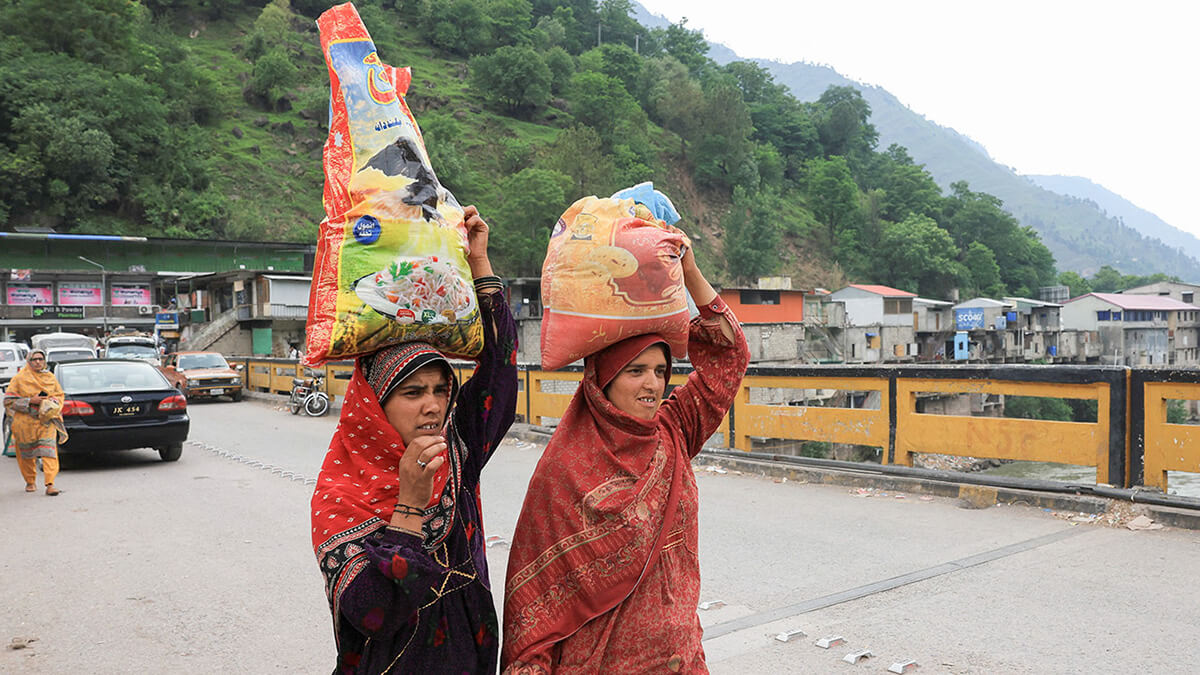
Relations between the two states are extremely tense on several levels, lacking the fundamental pillar for stability: mutual trust. Political rivalry for influence in the region and territorial issues that have been dragging on since the birth of both nations are the main causes of this problem.
Terrorism, a result of the territorial and religious problem, is another important factor contributing to instability, and it is what has lit the fuse on this occasion. The reasonable question is to what extent this was an exclusively terrorist act or whether there was some kind of preparation or support from the Pakistani services seeking to test their opponent's reaction at a time when the global scenario invites dangerous adventures in the hope that they will not receive the attention they would deserve at other times.
Other reasons contributing to the strained relations between India and Pakistan include social problems, corruption, organized crime, poverty, the threat of proliferation of weapons of mass destruction, illegal immigration, and instability in the functioning of state institutions.

International relations in the region are changing very rapidly, and the nations of South Asia have turbulent direct ties with each other that could lead to armed conflict.
The international community's main concern in this region is focused on the military and economic situation in India and Pakistan, religious tensions, and the fact that both are states with significant nuclear arsenals, as all these issues could jeopardize global security, especially that of other South Asian countries.
The April 22 attack is the clearest example of the unstable balance in the area. The attack is highly symbolic, as the location where it took place, Pahalgam, plays a crucial role in one of the most revered religious events in Hinduism.
Pilgrims use the town as a base camp before embarking on a 32 km journey on foot or horseback through mountainous terrain to reach the Amarnath cave shrine dedicated to the Hindu god Shiva. This is one of several routes taken by pilgrims for what is known as the annual Amarnath pilgrimage or “yatra,” which begins on July 3.
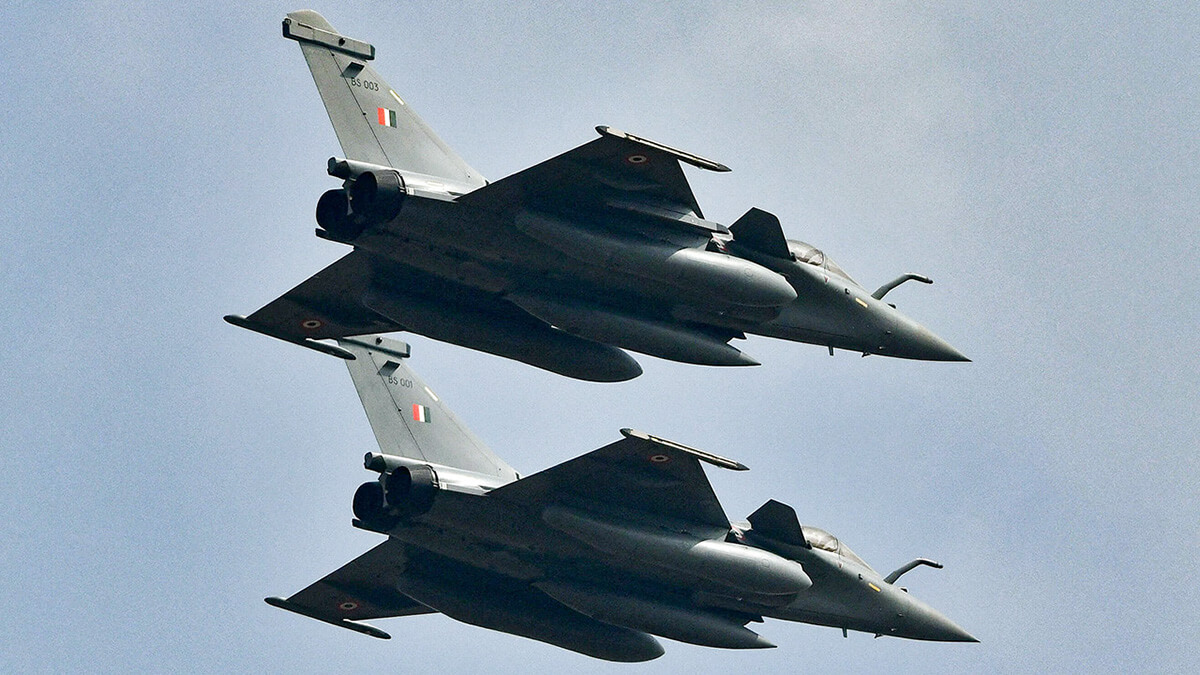
In other words, it has struck one of the most sensitive points in the relationship between the two countries, and the fact that it was carried out by a group linked to the Pakistan-based organization Lashkar-e-Taiba has provoked an immediate reaction from India, not only on the diplomatic front, but also on the military front, with growing clashes along the border (so far without the use of artillery or other heavy weapons), and on a level that is going unnoticed but is the most dangerous: that of resources.
India has suspended the Indus Water Treaty and has stated that it will ensure that “not a single drop of water reaches Pakistan.” The consequences of this action for Pakistan and its economy would be very serious, which is why Islamabad reacted by declaring that: “Any attempt to stop or divert the flow of water belonging to Pakistan under the Indus Water Treaty, and the usurpation of the rights of lower riparian states, will be considered an act of war and will be responded to with full force.”
At the moment, there is information about significant troop movements by Pakistan, which is not reassuring. It is also important to observe the support each contender has and the movements that are taking place.
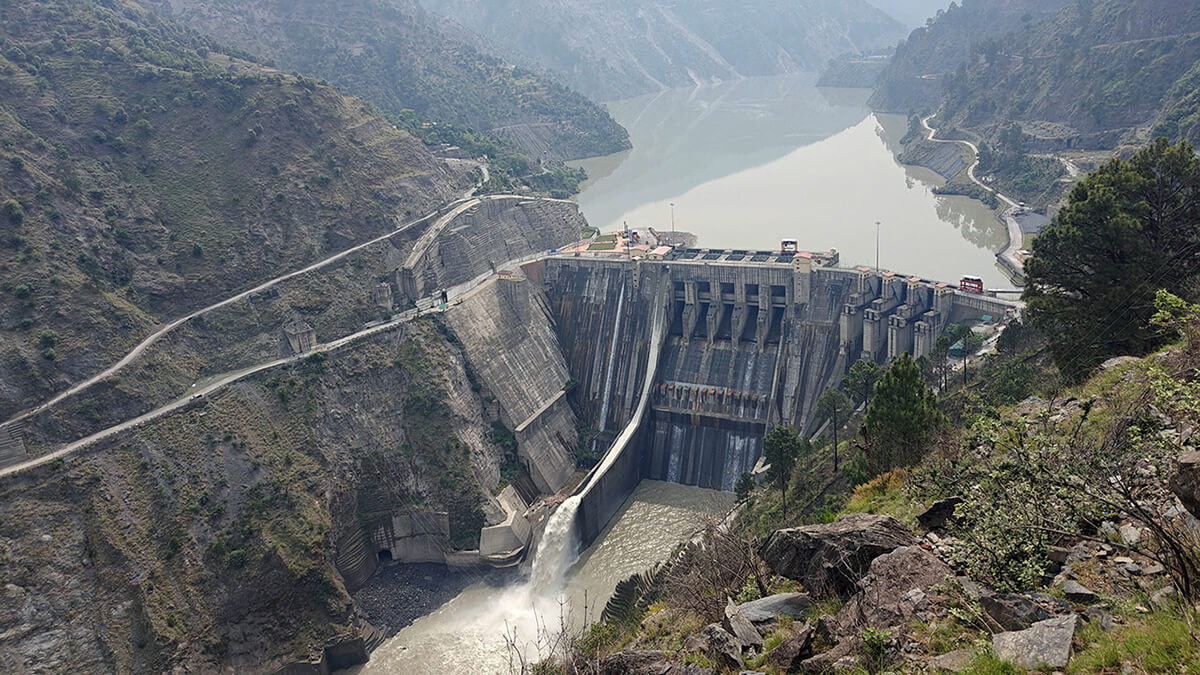
On the one hand, we have the ongoing rivalry between China and India, which has led to clashes between the two armies on their common border, although without the use of firearms, literally with blows. This hostility has intensified in recent years, as we have mentioned in other articles, due to India's feeling of encirclement by China's establishment of the “string of pearls,” a series of ports and military bases that serve as security and support for the “New Silk Road.”
To this we must add Beijing's traditional support for Pakistan and its presence in important infrastructure such as the port of Gwadar. We must also take into account the role of Turkey, which is increasingly determined to play a role on the global geopolitical stage. Its military cooperation (also due to religious ties) with Pakistan is growing, and as we write these lines, there are reports of at least one Turkish military cargo plane landing in Pakistan.
On the Indian side, its previous closeness to Russia has been diminishing, and it is gradually moving closer to the US orbit. In other words, if we take a step back, we can sense an episode of power struggle in the Indo-Pacific between China and the US through the rivalry between India and Pakistan.
The situation is still far from clear, but what is undeniable is its dangerous nature. We cannot take our eyes off this region, which is key to the future of the international situation.











